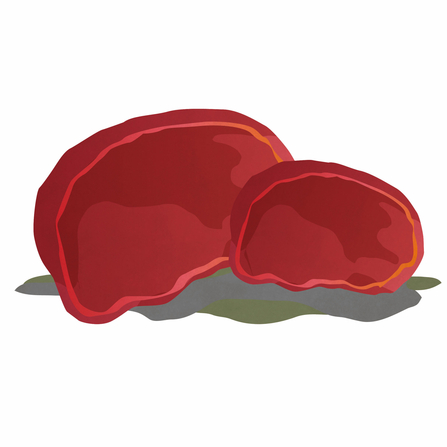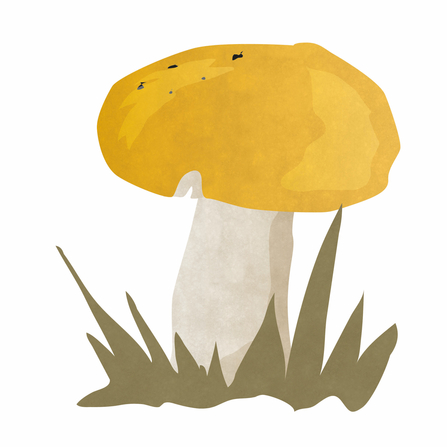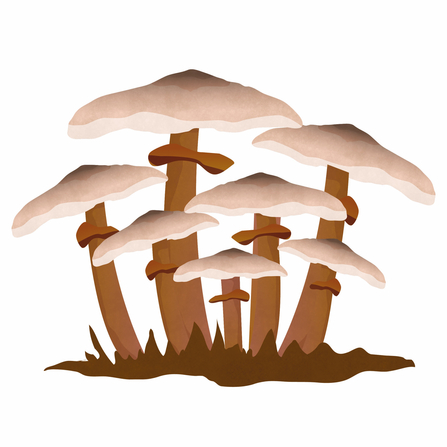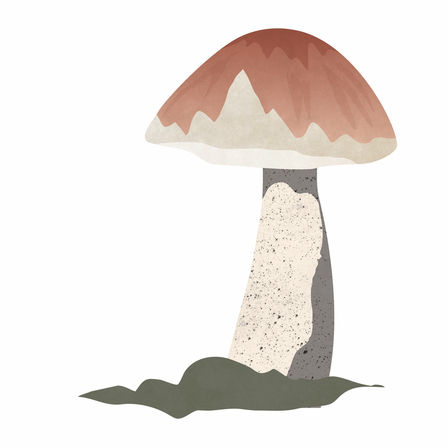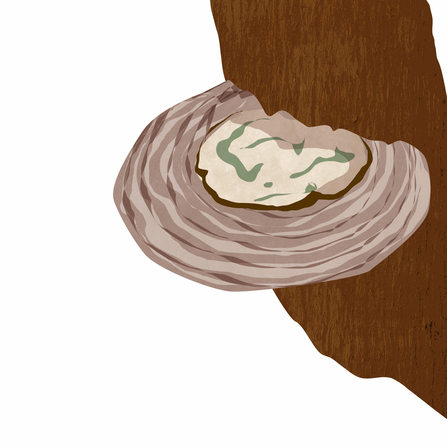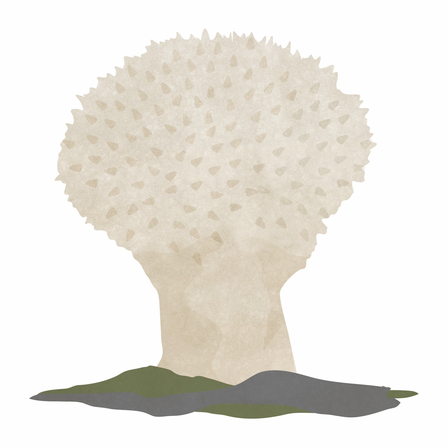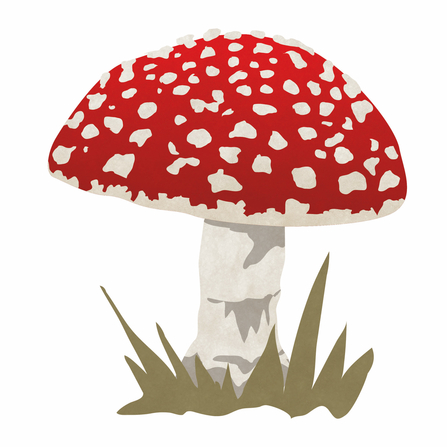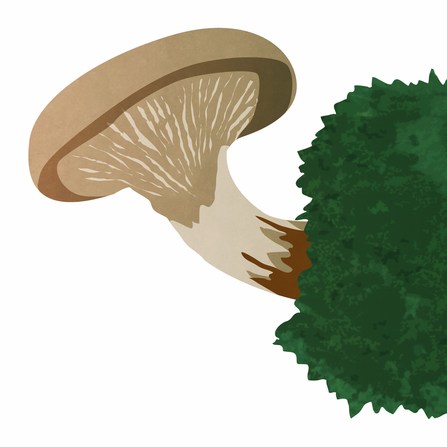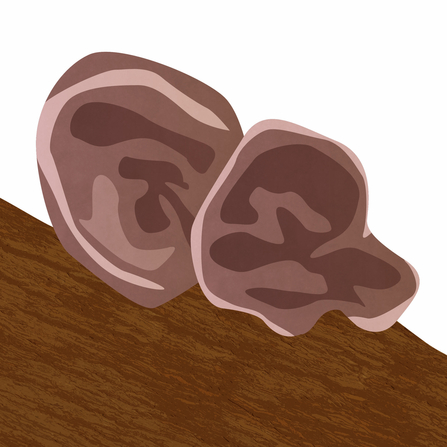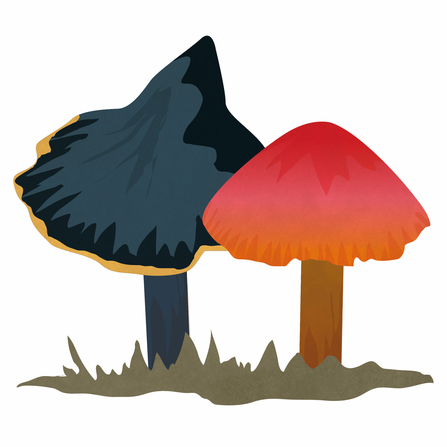Did you know?
There are two main groups of fungi: spore droppers and spore shooters. Spore droppers usually have gills or tubes underneath, where they let their spores fall to the ground to be carried by the wind - they’re more likely to be a typical mushroom shape. Spore shooters on the other hand – you guessed it – release their spores by shooting them into the air!

